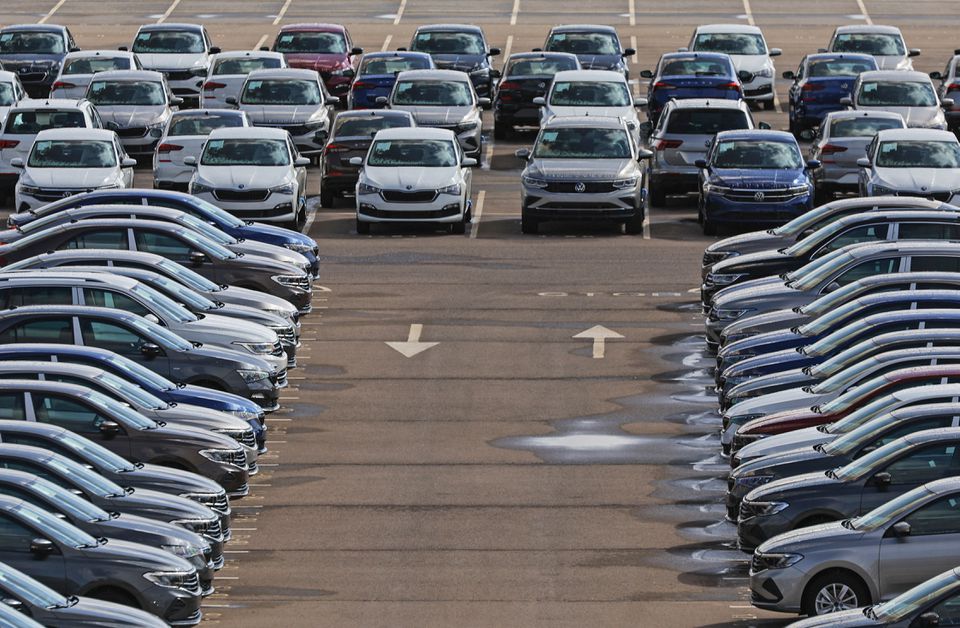(Reuters) – New car sales in Russia fell by a record 78.5% year on year in April, dropping for a tenth month in a row as the sector was hit by acute shortages and soaring prices caused by disrupted logistics and a volatile rouble.
New car sales of 32,706 cars in April were less than one-quarter of those sold a year earlier, the Association of European Businesses (AEB) said on Wednesday.
“The depth of contraction exceeded that in April 2020 when sales were suspended due to epidemiologic restrictions,” analysts at Promsvyazbank said in a note.
“Such a sharp drop can be explained by a shortage of cars at warehouses, by rising prices and prohibitive rates on car loans.”
The Russian central bank raised its key rate to 20% in late February in an emergency move aimed at containing financial risks days after Russia launched what it calls “a special military operation” in Ukraine. It has since trimmed the rate back to 14%.
Sales of new cars this year are expected to shrink by at least 50%, the AEB said last month, after a 4.3% increase in 2021.
Demand is unlikely to recover due to a decline in real incomes, making the car industry the most affected industrial sector, VTB Capital analysts said.
“Parallel imports won’t help lower the deficit tangibly due to high costs,” VTB Capital said.
Last week, Moscow published a list of goods from foreign carmakers, technology companies and consumer brands that the government has included in a “parallel imports” scheme aimed at shielding consumers from business isolation by the West.
In April, sales of Lada cars by Russia’s largest automaker AvtoVaz fell 78%, AEB data showed.
In the first four months of 2022, Russia’s sales of new cars and light commercial vehicles declined 43% to 293,846 units, AEB said.
The Russian car market had ranked among the most promising globally until 2014, encouraging foreign automakers to build factories there.
Before the latest Western sanctions over Ukraine, Russian car sales stood at 1.67 million last year compared with almost 3 million sold a year in the 2000s.











